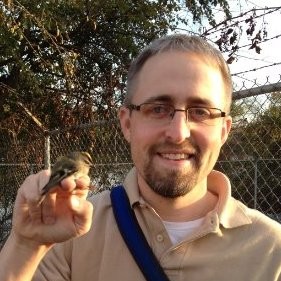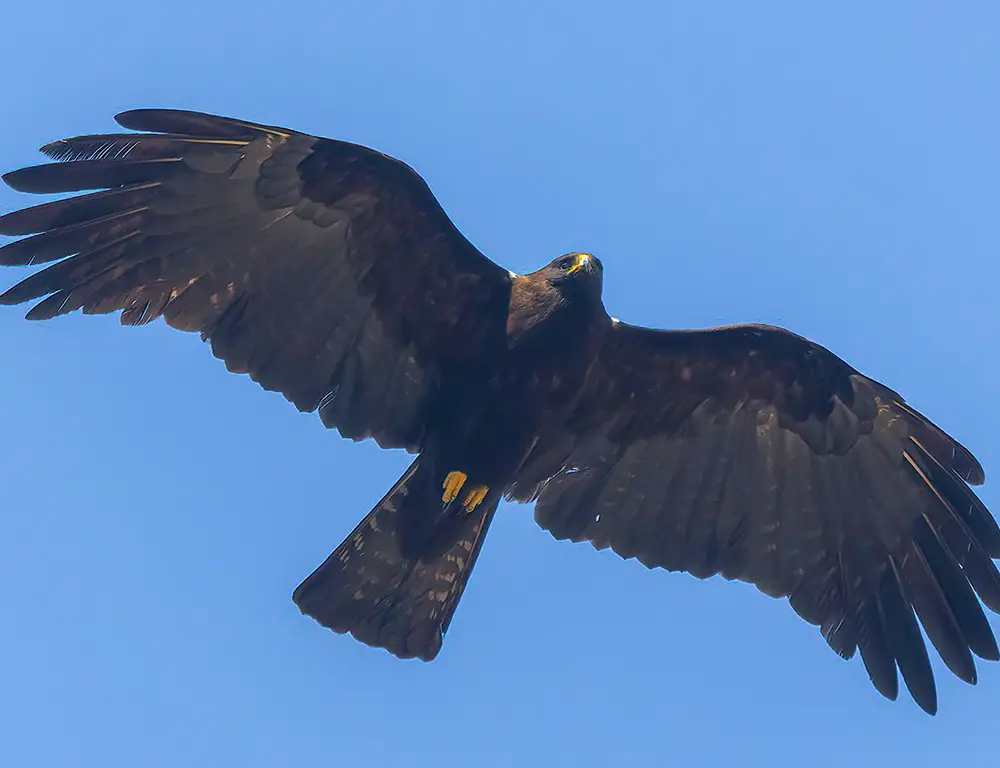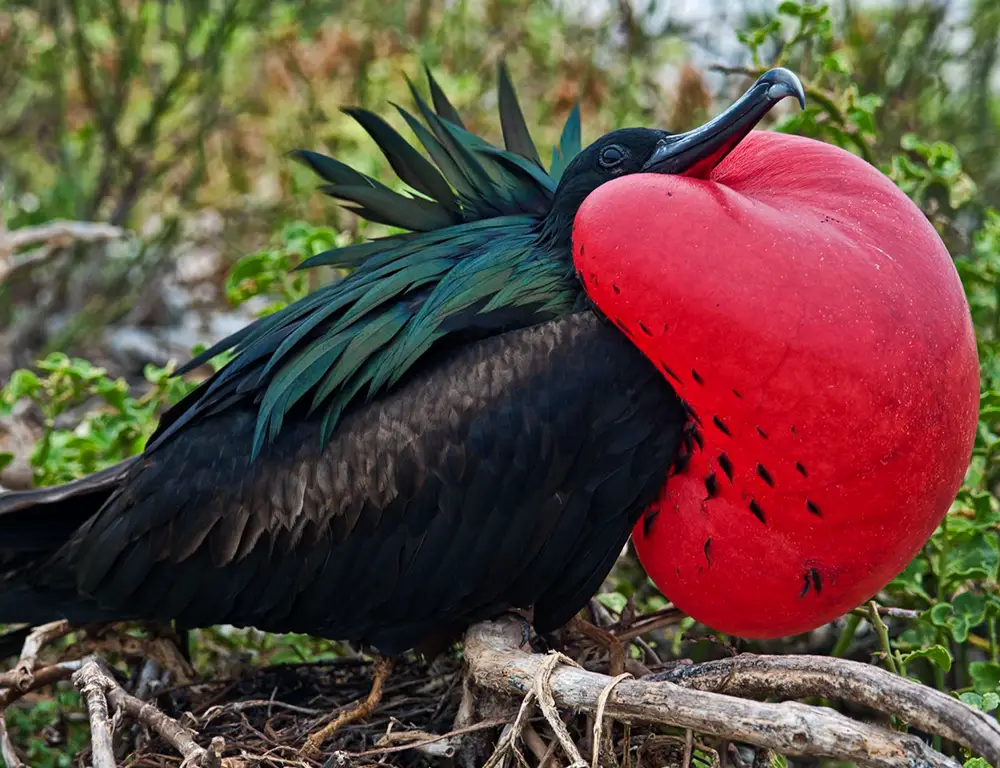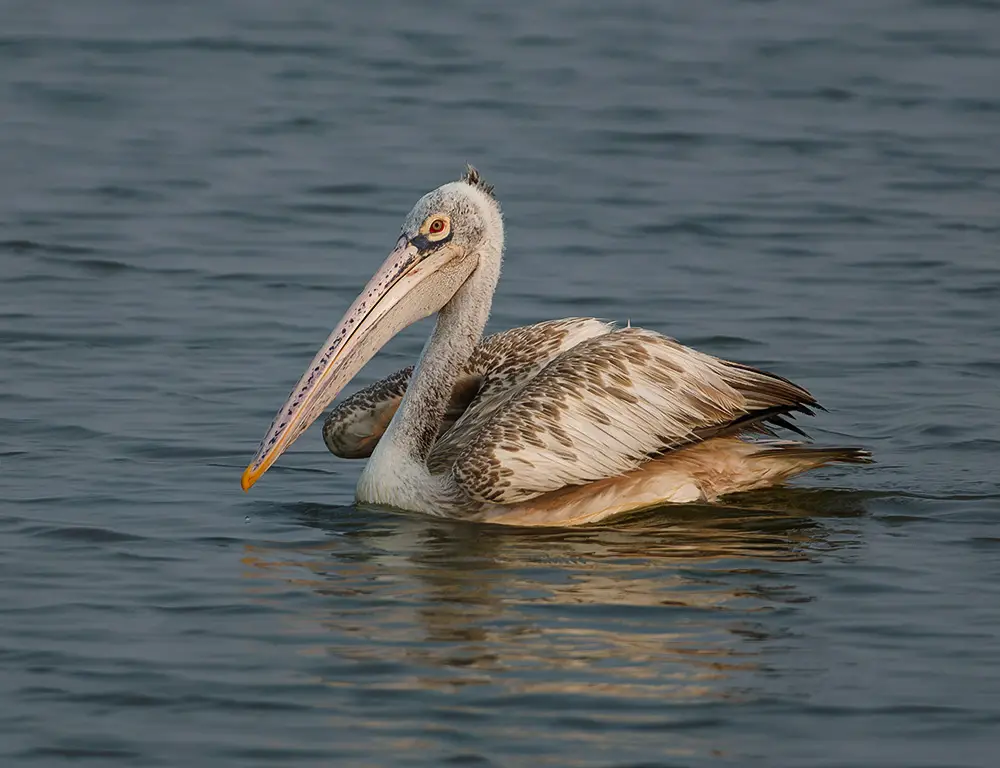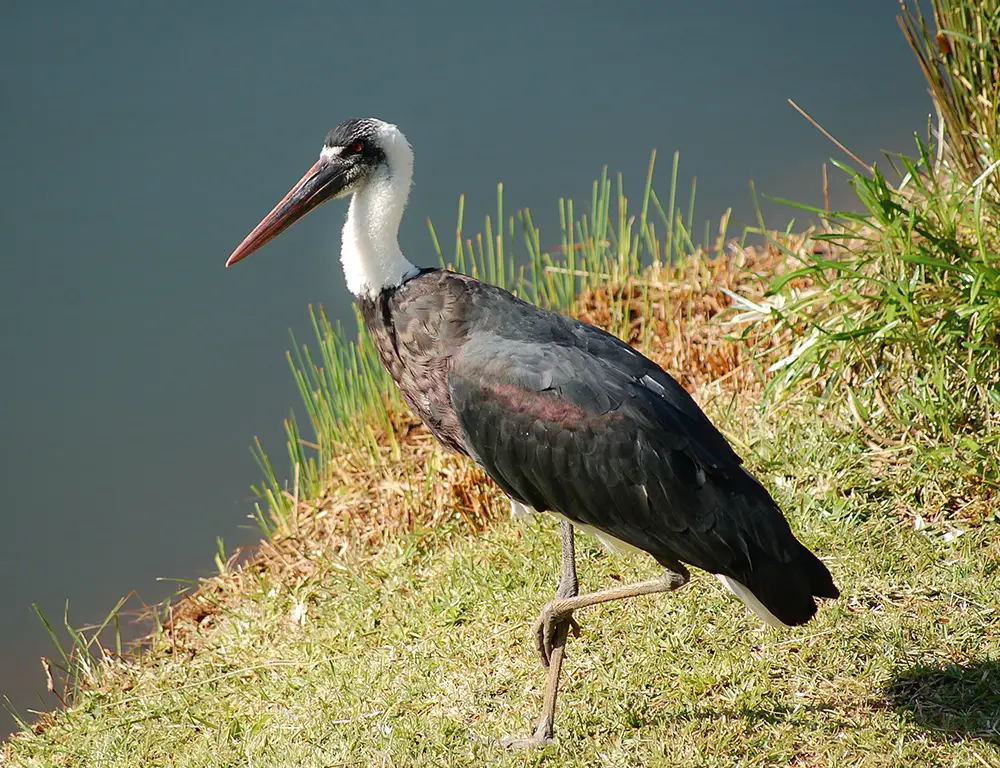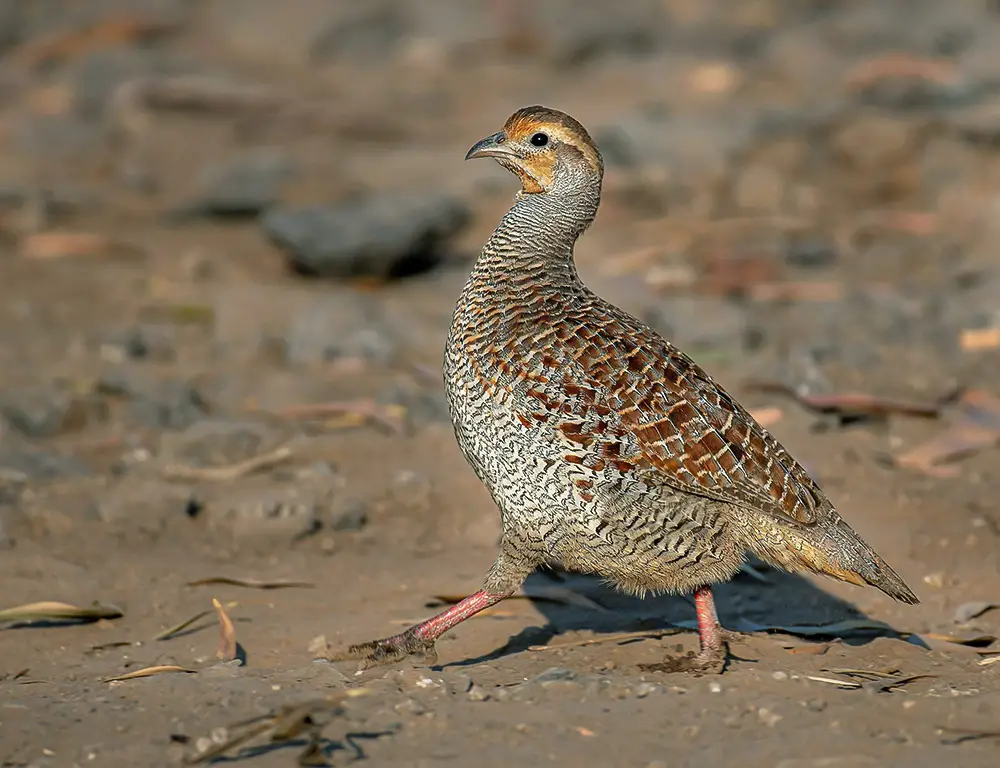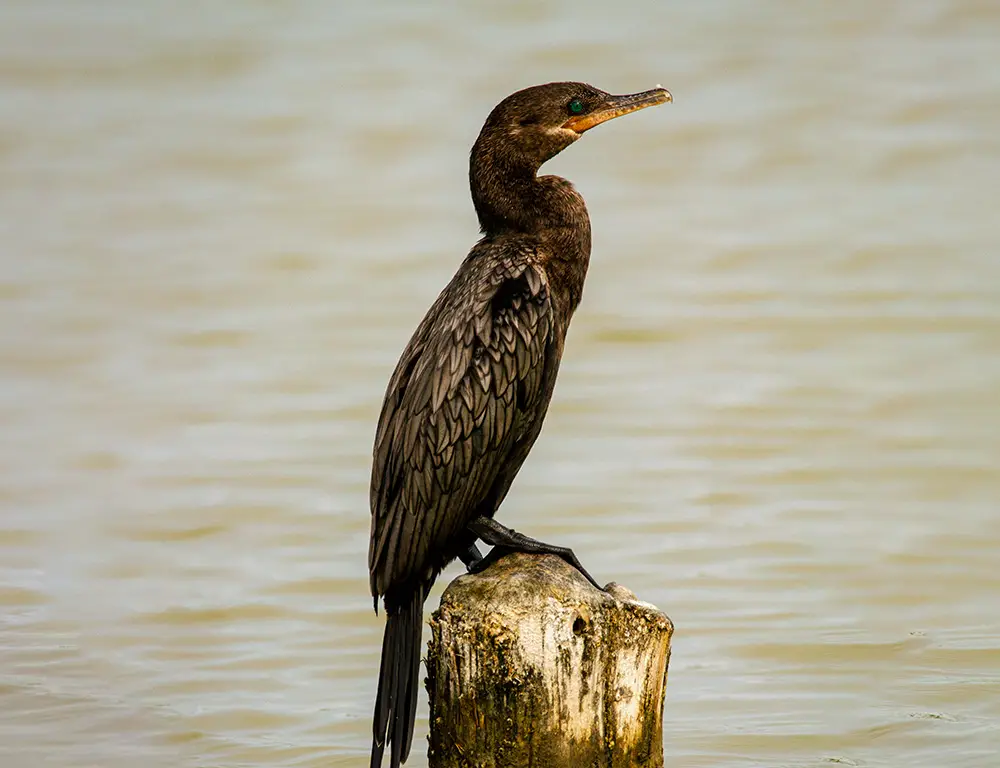The World’s Rarest Birds
Protect All the Birds
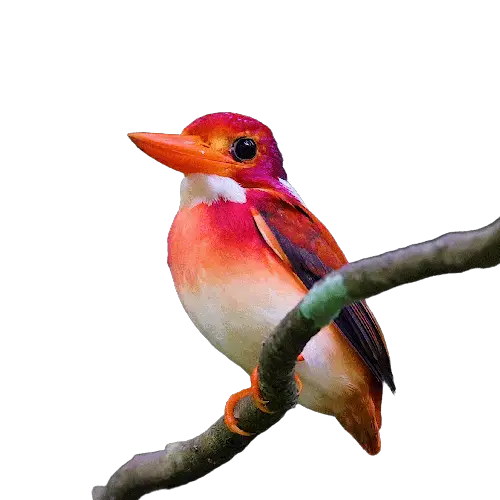
Bad Environment
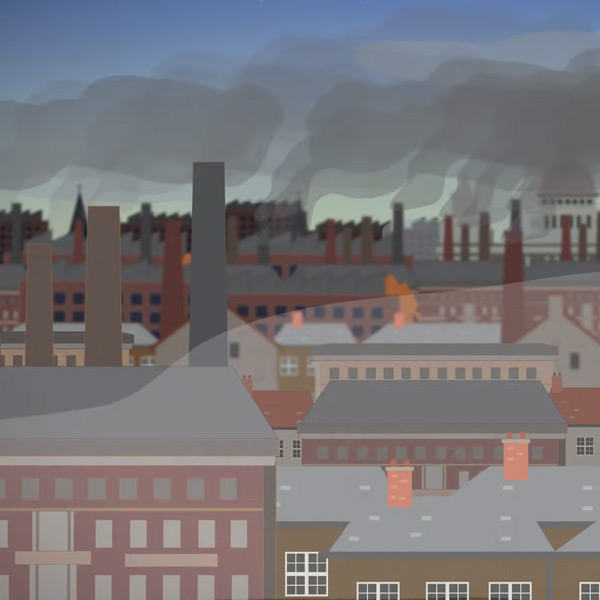
Disappearing Birds
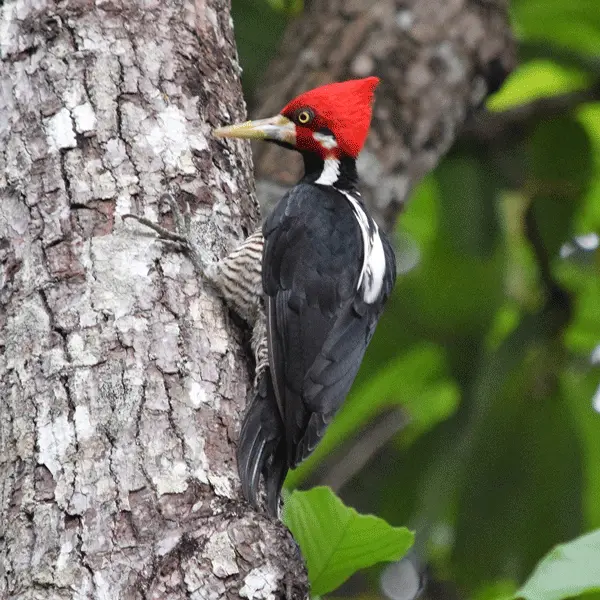
We Should Take Action
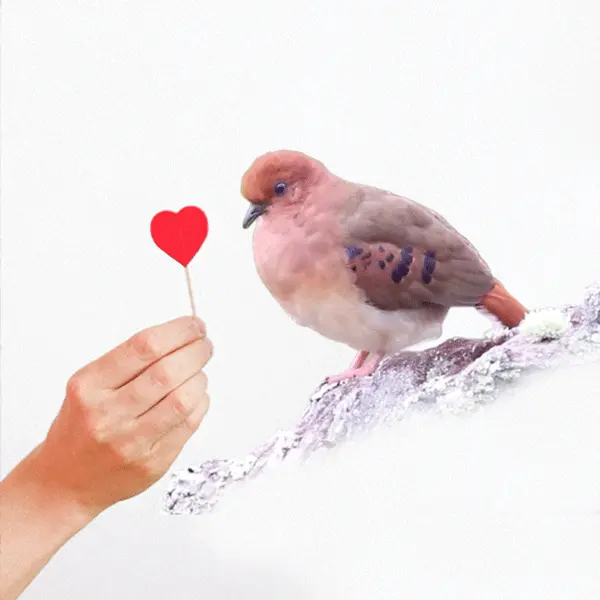
Who We Are?
The team behind The World’s Rarest Birds is a passionate and diverse group of birders and enthusiasts hailing from every corner of the globe.
Our collective love for avian wonders drives our mission to share the awe-inspiring world of birds with everyone, from novice enthusiasts to seasoned birdwatchers.
With a deep appreciation for the unique behaviors, habitats, and lives of these feathered marvels, we’ve meticulously crafted this user-friendly platform.
Our aim is to make the fascinating world of birding accessible to all, breaking down barriers and fostering a community united by the wonder of our winged companions.
Welcome to a world where the extraordinary realm of birds comes alive at your fingertips.
Disappearing at an Alarming Rate
The statistics of birds leaving our environment is a dire one, with more than 2.5 billion birds lost over the past five decades. The losses are not spread evenly across all bird families, with more than 90% of the losses coming from just 12 families.
The causes of these declines are complex and multifaceted, including habitat loss, climate change, pesticides, invasive species, light pollution, and pollution. We need to take urgent action to address the decline of bird populations.
Recent studies have shown that bird populations in North America have been declining at an alarming rate, with more than 2.5 billion birds lost over the past five decades. This represents a staggering 29% decline in bird populations over this period.
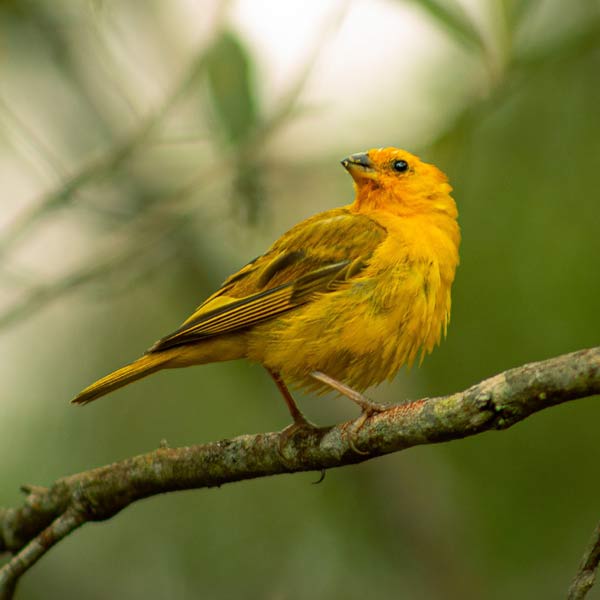
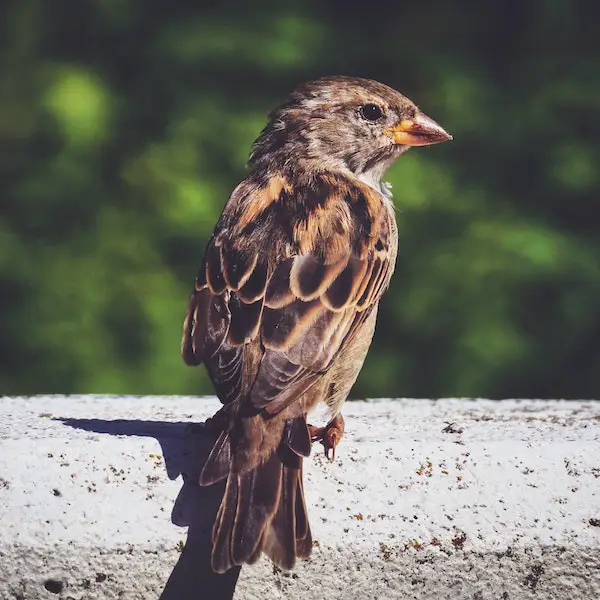
Some of Them Almost Gone
The losses are not spread evenly across all bird families, with more than 90% of the losses coming from just 12 families. These include sparrows, blackbirds, warblers, and finches, which have seen some of the steepest declines.
For example, the Dark-eyed Junco, also known as the “snowbird,” has seen a decline of 168 million individuals, while the sweet-singing White-throated Sparrow has lost 93 million birds. The Eastern and Western Meadowlarks are down by a combined 139 million individuals, and the once common Red-winged Blackbird has declined by 92 million birds.
The loss of these birds is not only a tragedy for the species themselves, but it also has significant implications for the ecosystems they inhabit. Birds play important roles in seed dispersal, pest control, and pollination. They are also indicators of the health of the environment, and their decline is a warning sign that something is fundamentally wrong.
Some of the Rarest Birds
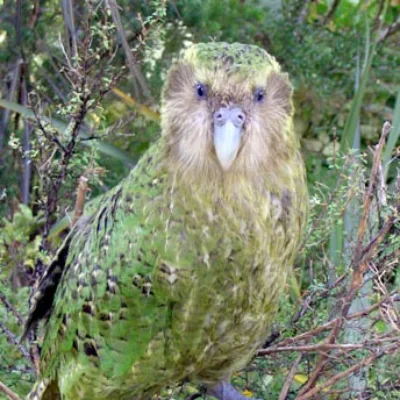
Kakapo
The flightless, nocturnal, and herbivorous parrot is the world’s heaviest and only flightless parrot, with a distinctive facial disc and a polygynous lek breeding system.
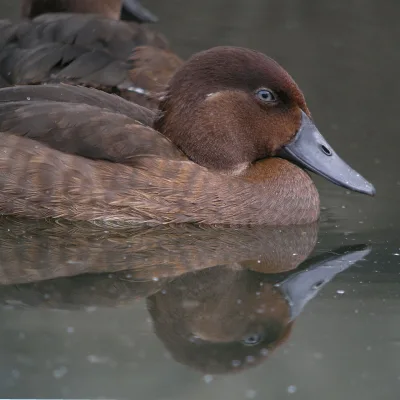
Madagascar pochard
Rediscovered in 2006 afterthought to be extinct, the extremely rare diving duck has a captive breeding program that has produced a population of around 90 individuals, which were reintroduced to the wild in 2018.
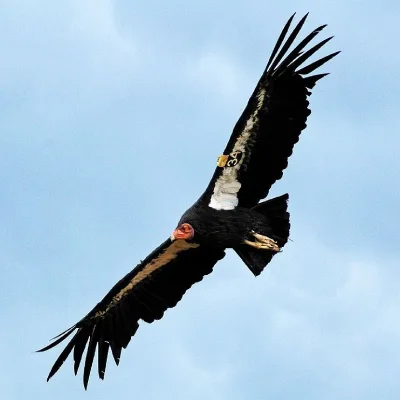
California condor
The largest North American land bird, the bald-headed vulture was extinct in the wild in 1987 but has since been reintroduced in select locations in the US and Mexico.
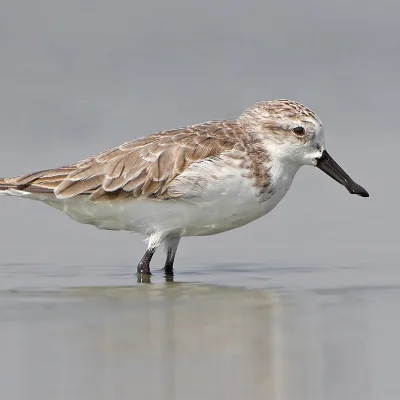
Spoon-billed Sandpiper
Highly threatened wader with a unique spatulate bill, whose breeding population has decreased significantly since the 1970s, estimated to be 350-500 by 2000.
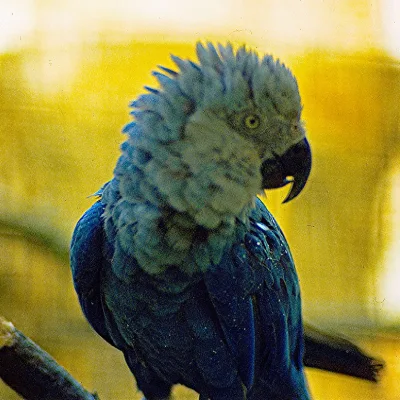
Spix’s macaw
Completely extirpated from its natural range in Brazil, the little blue macaw is now extinct in the wild, with only a few individuals remaining in captivity.
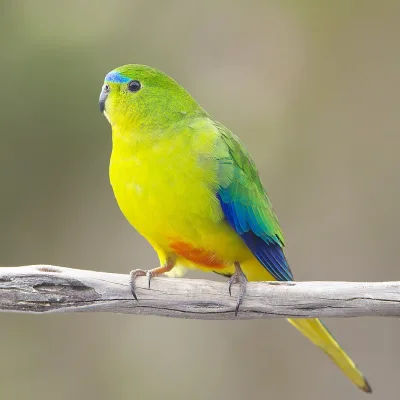
Orange-bellied Parrot
The orange-bellied parrot is a critically endangered small parrot species endemic to southern Australia, with a wild population of only 14 birds.
Causes of Disappearing
The reasons for the disappearing and becoming rare birds are multifaceted and complex. Habitat loss, climate change, pesticides, invasive species, light pollution, and pollution are all contributing to the decline of bird populations. It is important to recognize and address these threats in order to protect and conserve our feathered friends for future generations.
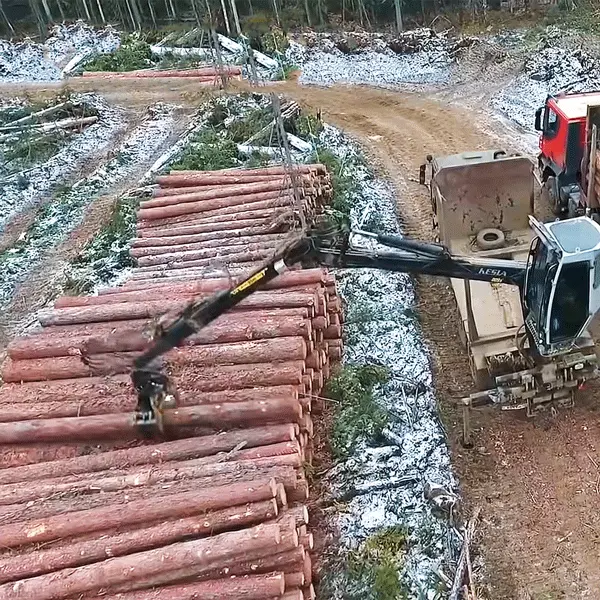
Habitat loss
One of the main reasons birds are disappearing is due to the loss of their natural habitats. As human populations continue to grow and urban areas expand, natural habitats such as forests, grasslands, and wetlands are being destroyed or fragmented, making it difficult for birds to find suitable places to live, find food, and raise their young.
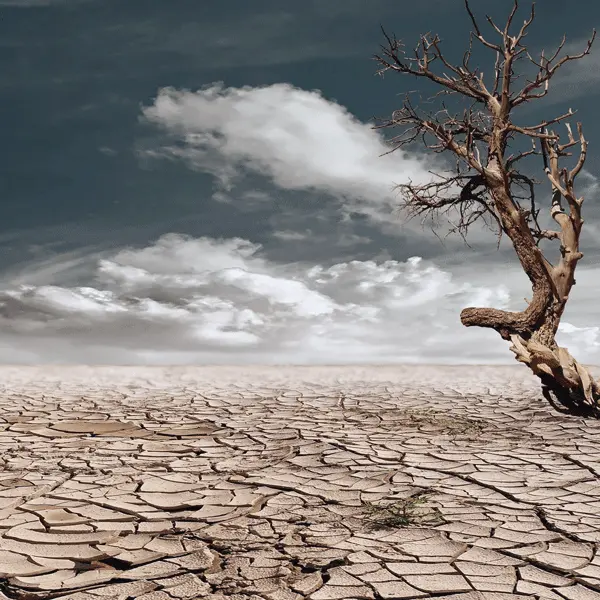
Climate Change
Birds are also facing challenges due to climate change, which is affecting the timing of migration, breeding, and food availability. For example, warmer temperatures are causing earlier spring arrival of migratory birds, but the availability of food is not yet in sync.
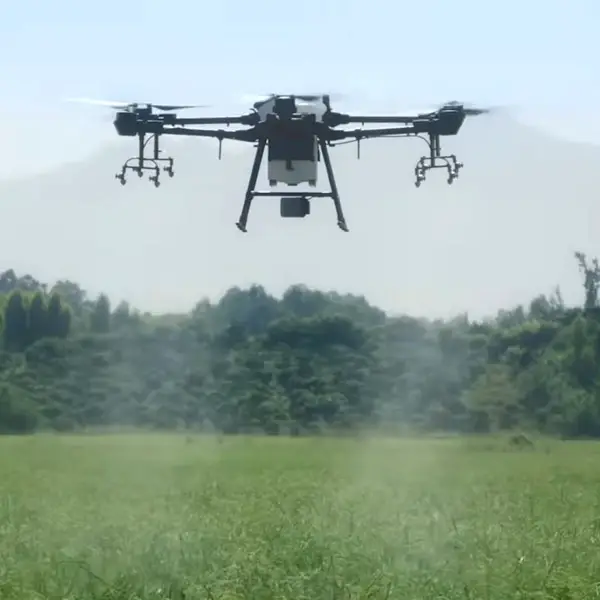
Pesticides
The use of pesticides in agriculture and residential areas is also a major threat to birds. Pesticides can poison birds directly or indirectly by reducing the availability of insects and other food sources.
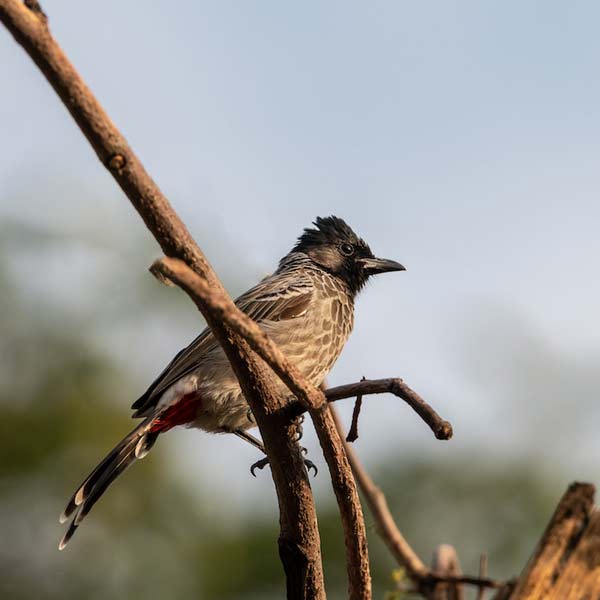
Invasive Species
Non-native species, such as European Starlings, House Sparrows, and European Honeybees, are also a problem for native birds. These invasive species outcompete native birds for resources and can also spread diseases to which native birds have no immunity.

Light Pollution
Birds that migrate at night are also affected by light pollution, which can disorient and exhaust them, making them more vulnerable to predation or collision with buildings.

Pollution
Many birds are also facing threats from pollution, such as oil spills, plastic debris, and other contaminants, which can harm birds directly or indirectly by reducing the availability of food and habitat.
Things We Should Do to Prevent This
There are many things people can do to prevent birds from disappearing. Some of these include marking windows, keeping pets indoors, using natural pest control, voting against the use of chemical pesticides, not purchasing birds illegally, reducing carbon footprint, joining conservation groups, and placing trash in appropriate bins. By taking these steps, people can help protect and conserve bird populations for future generations.
Marking windows: One of the things people can do to prevent birds from disappearing is to mark windows. Birds often fly into windows and are killed or injured as a result. This can be prevented by marking windows with decals, window film, or other materials that make them more visible to birds.
Keeping pets indoors: Another thing people can do to prevent birds from disappearing is to keep their pets indoors. Cats are a major predator of birds, and keeping them indoors can significantly reduce the number of birds killed.
Using natural pest control: Instead of using chemical pesticides, people can use natural pest control methods to prevent birds from disappearing. This includes using natural predators such as ladybugs to control pests, companion planting, and using non-toxic pesticides such as neem oil.
Voting against the use of chemical pesticides: Another way to prevent birds from disappearing is by voting against the use of chemical pesticides. Chemical pesticides can poison birds directly or indirectly by reducing the availability of insects and other food sources.
Not purchasing birds illegally: People should not purchase birds illegally, as this can contribute to the decline of bird populations. Illegal trade in birds can also spread diseases to which native birds have no immunity.
Reducing carbon footprint: Reducing carbon footprint can help prevent birds from disappearing. Global warming increases pest numbers that kill birds such as ticks, so by reducing the carbon footprint, we can reduce the impact of global warming on birds.
Joining conservation groups: Joining conservation groups is another way to help prevent birds from disappearing. These groups work to protect and conserve birds and their habitats, and by joining them, people can support their efforts and learn more about how to protect birds.
Placing trash in appropriate bins: Lastly, people can prevent birds from disappearing by placing trash in appropriate bins. Birds can get trapped in or ingest trash, which can harm or kill them. By properly disposing of trash, people can help keep birds safe.
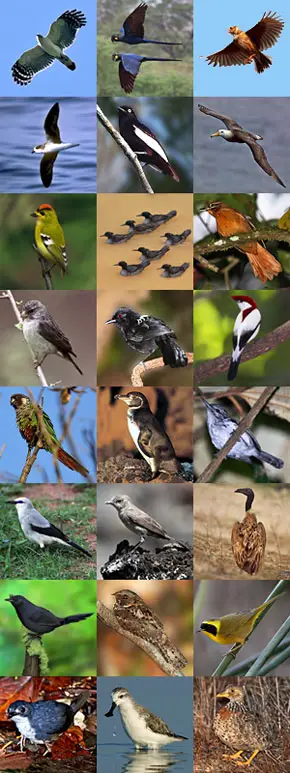
Featured In


